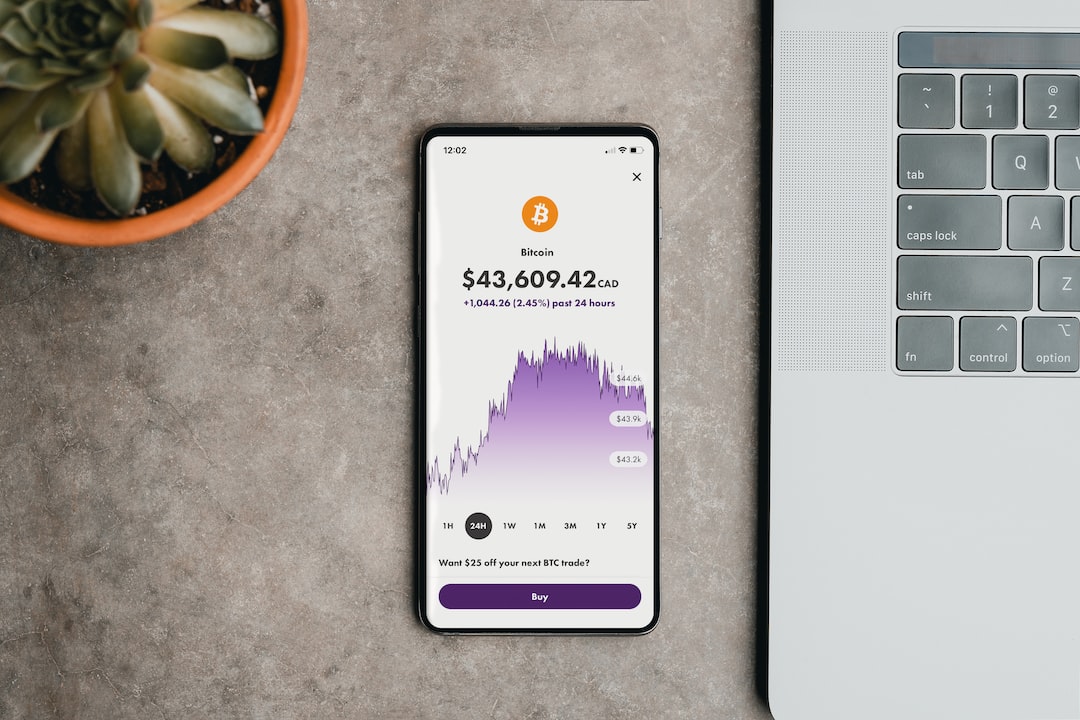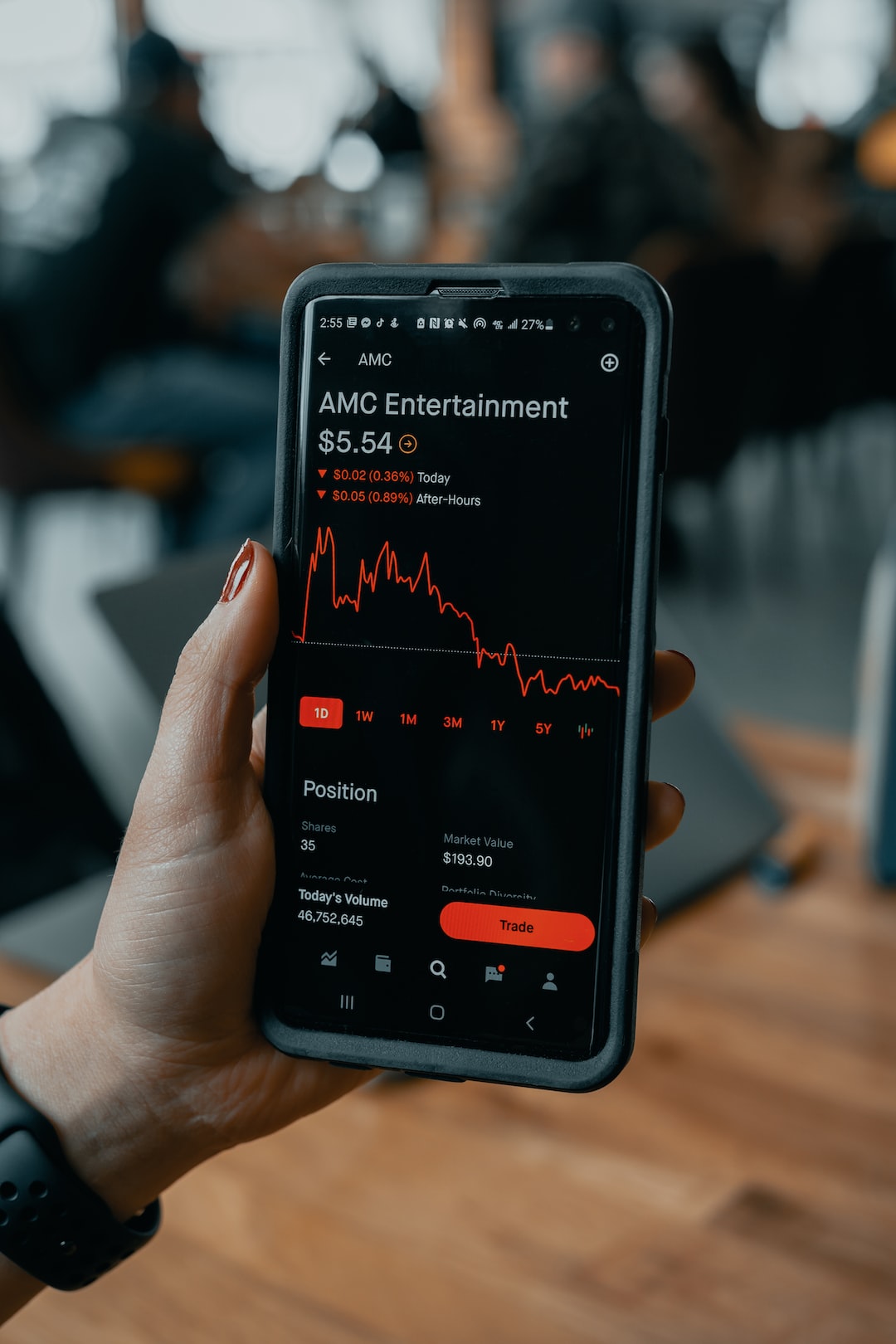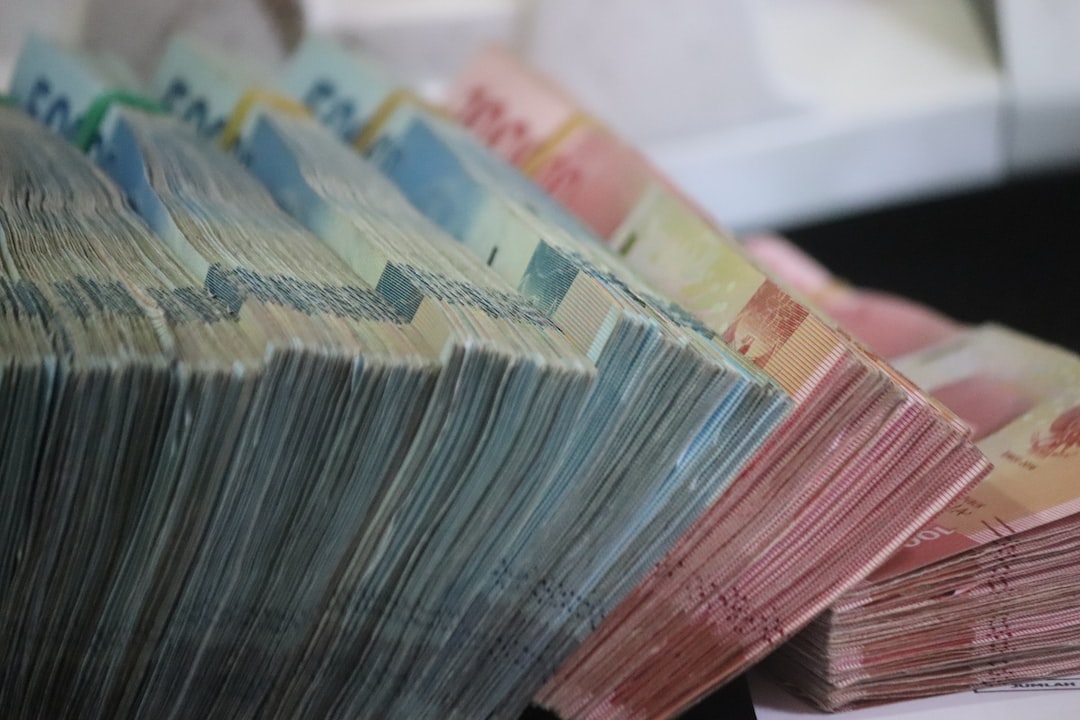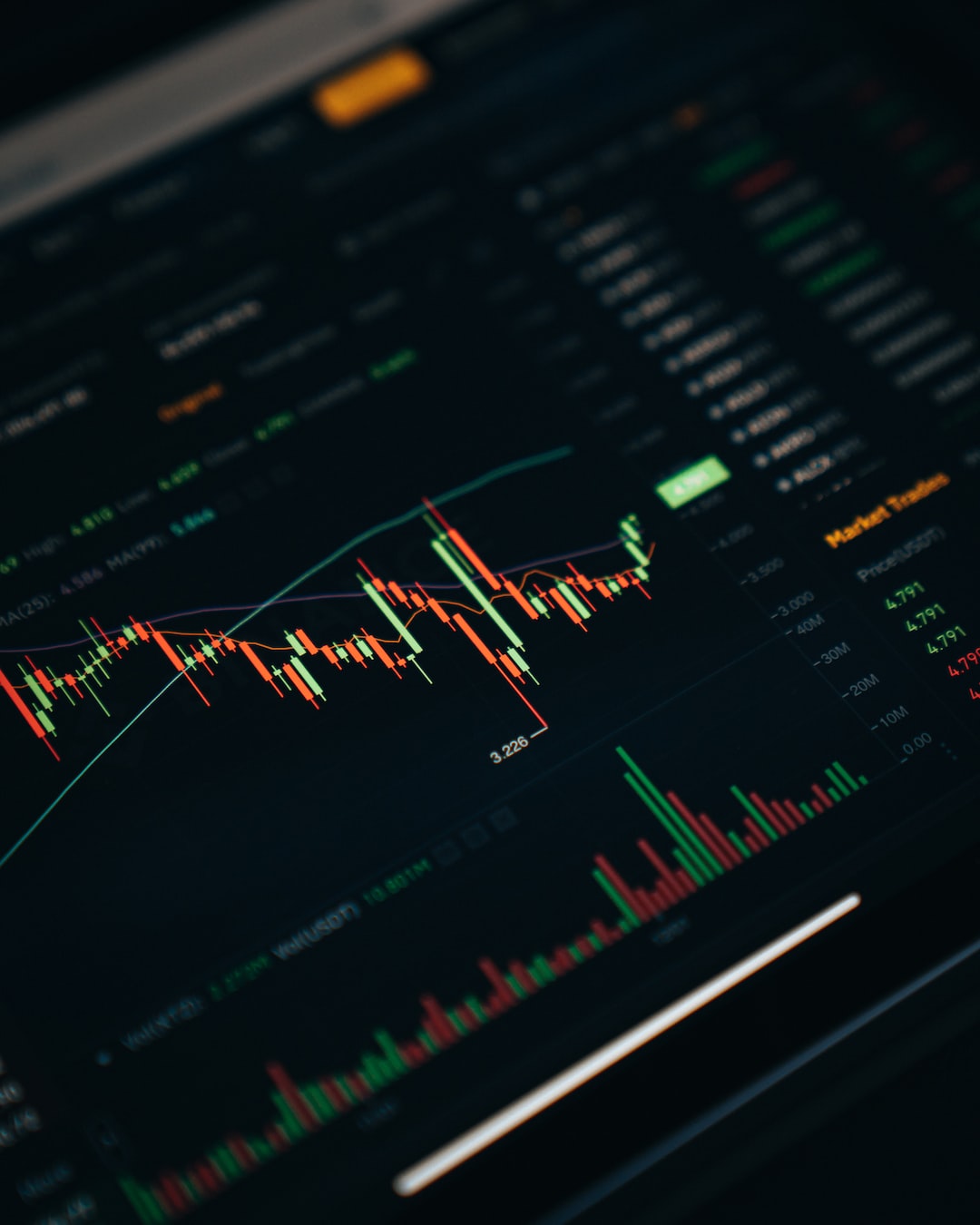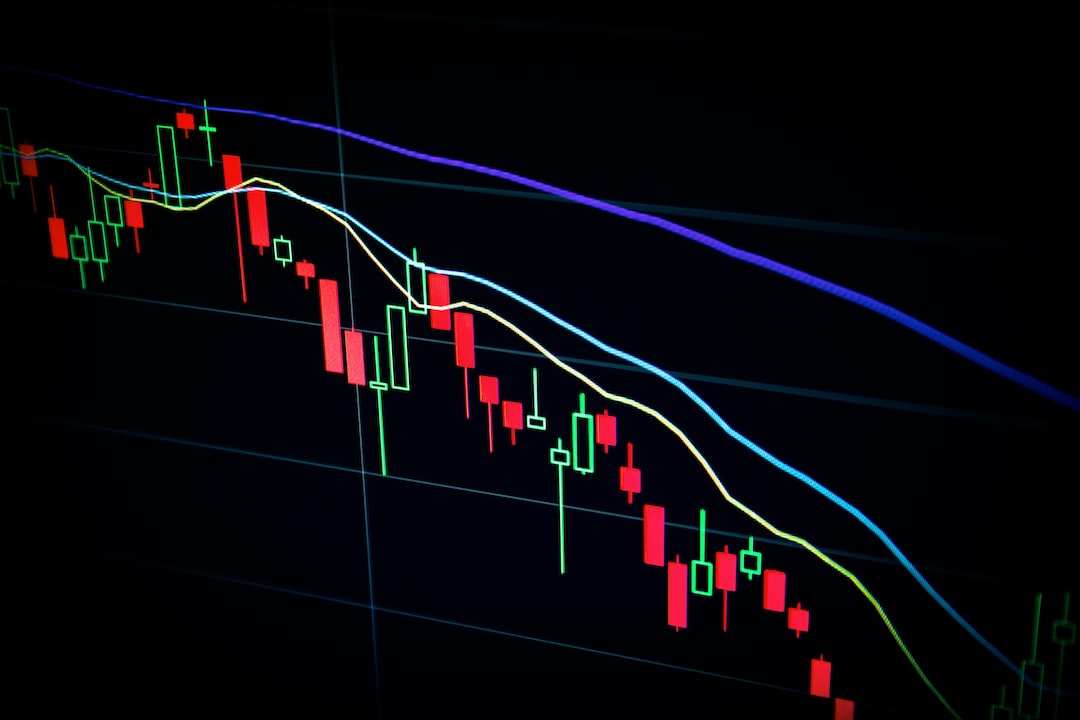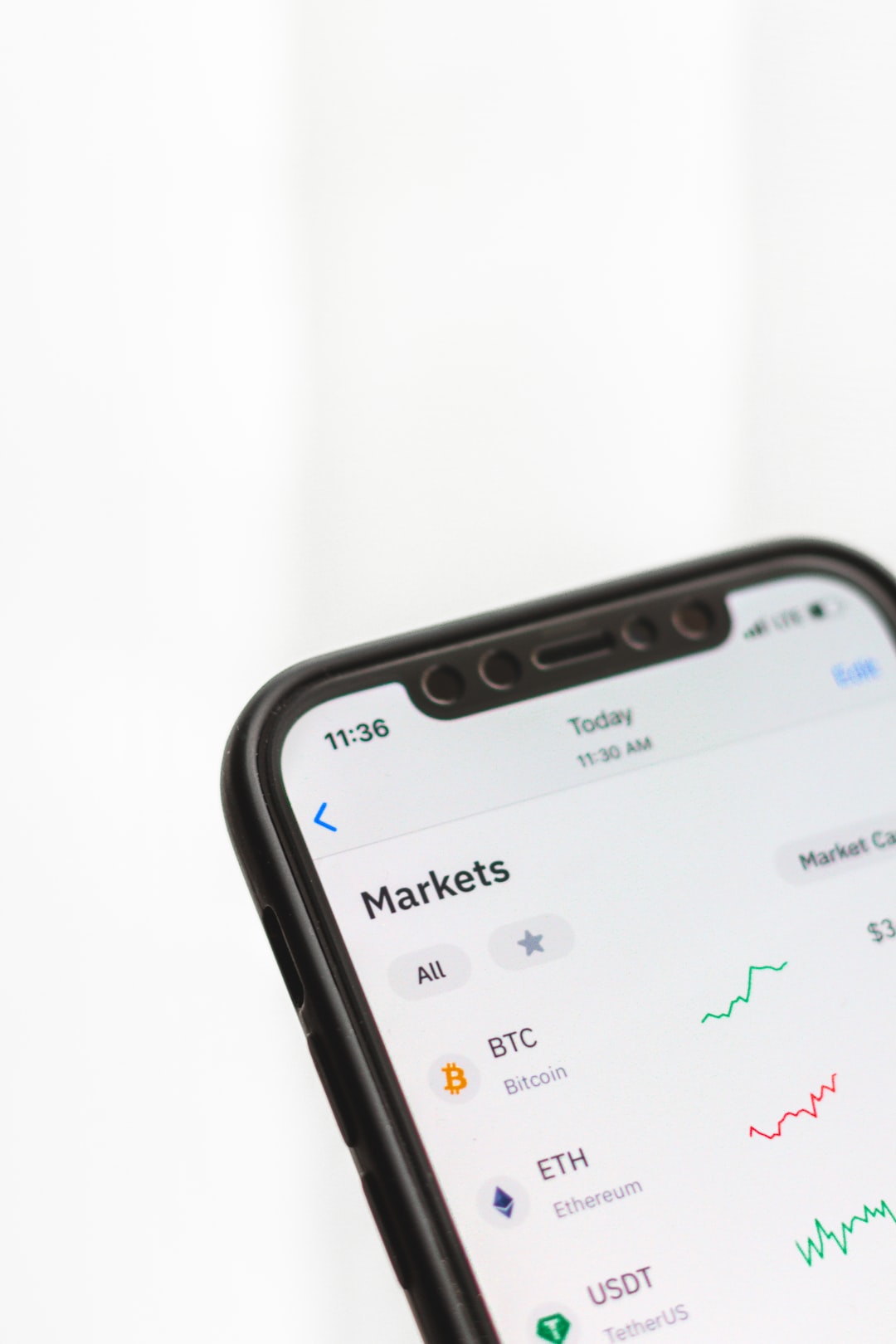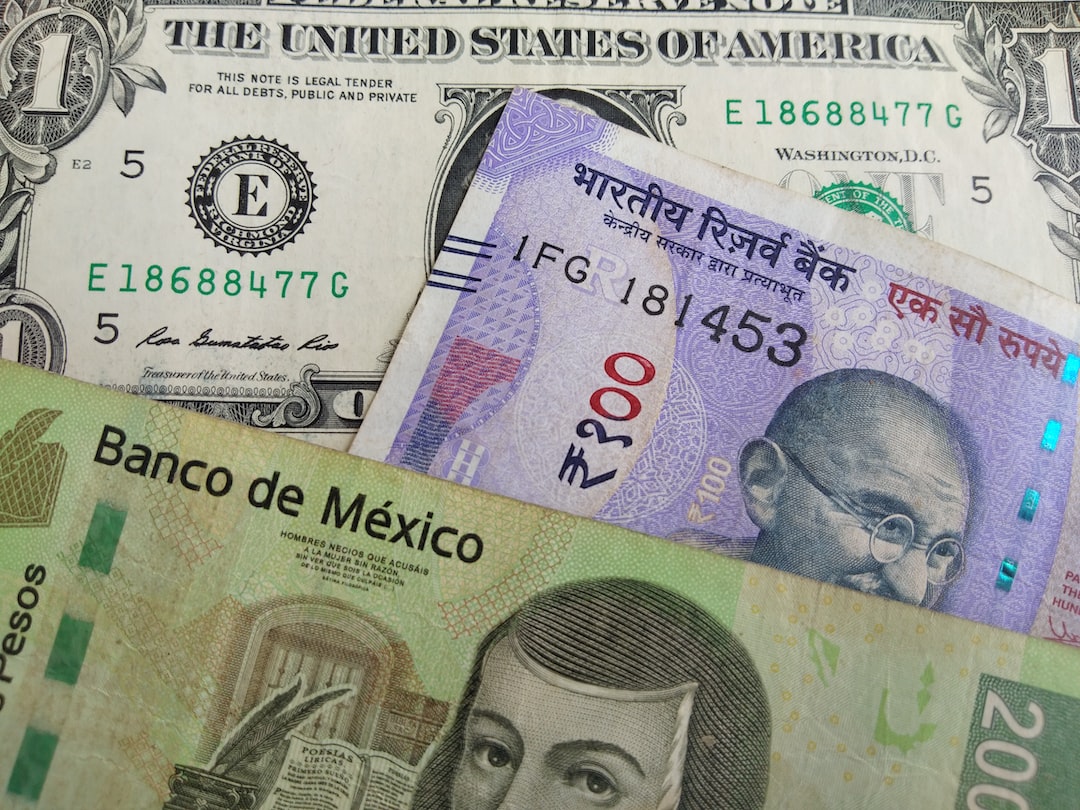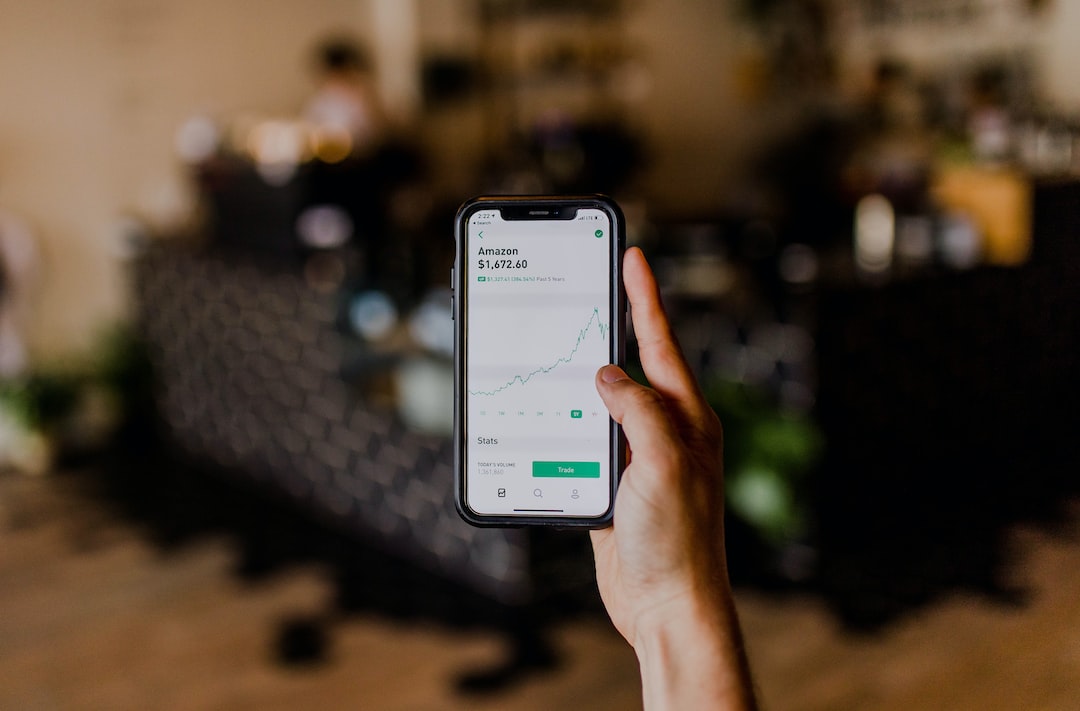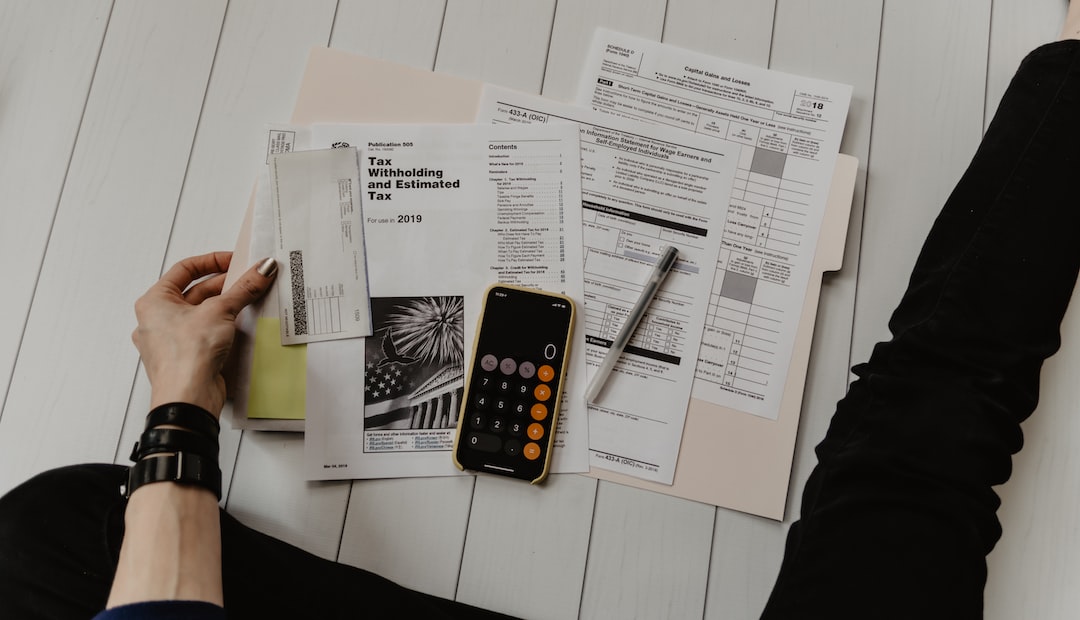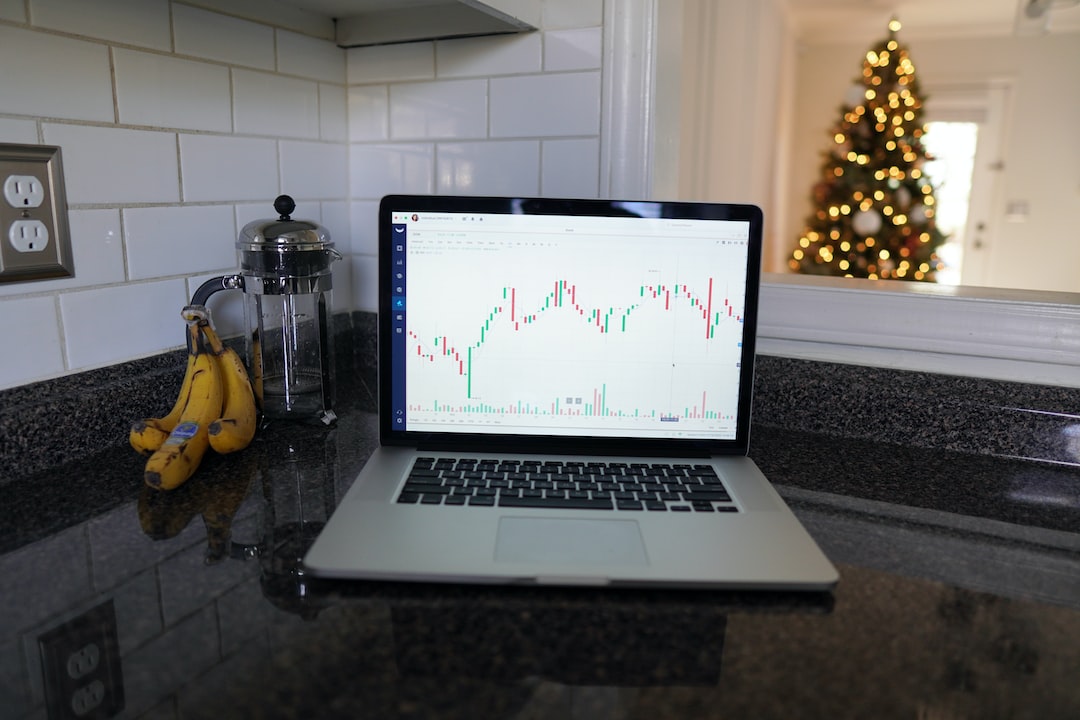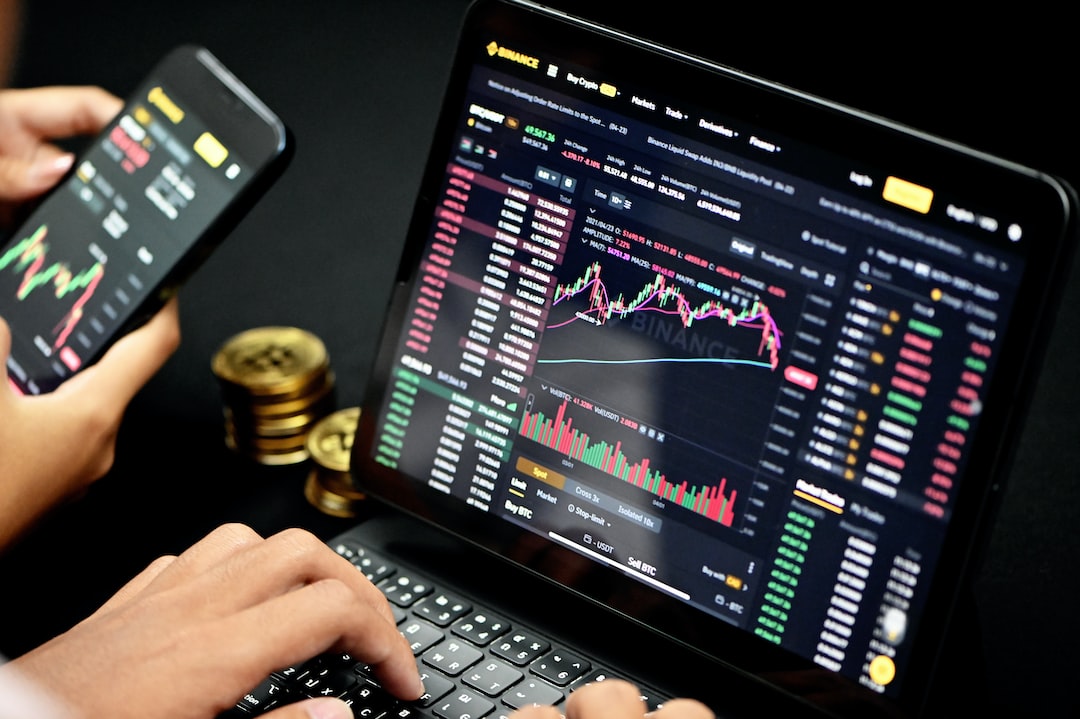Avoiding Scams: How to Choose a Reliable Forex Broker with ZAR Accounts
The foreign exchange market, also known as forex, is the largest and most liquid financial market in the world. With trillions of dollars being traded daily, it attracts a wide range of participants, including individual investors, financial institutions, and corporations. As a result, the forex market has also become a breeding ground for scams and fraudulent activities. Choosing a reliable forex broker is crucial to protect your hard-earned money and ensure a smooth trading experience. In this article, we will discuss how to choose a reliable forex broker with ZAR accounts, focusing on the South African market.
Regulation and Safety
The first and most important factor to consider when choosing a forex broker is regulation and safety. A regulated broker is bound by strict rules and regulations imposed by financial authorities, which help protect traders from fraudulent activities. In South Africa, the main regulatory body is the Financial Sector Conduct Authority (FSCA). Ensure that the forex broker you choose is licensed and regulated by the FSCA or any other reputable financial authority.
Account Types
When choosing a forex broker, it is essential to consider the available account types, especially if you are looking to trade with ZAR accounts. A ZAR account allows you to deposit and withdraw funds in South African Rand, which can save you from currency conversion fees. Check if the broker offers ZAR accounts and if there are any specific requirements or limitations associated with them.
Trading Platforms and Tools
The trading platform provided by the forex broker plays a crucial role in your trading experience. A reliable broker should offer a user-friendly and stable trading platform that allows you to execute trades efficiently. MetaTrader 4 (MT4) and MetaTrader 5 (MT5) are popular trading platforms known for their robustness and extensive range of tools. Look for a broker that offers these platforms or any other reputable trading platform that suits your needs.
In addition to the trading platform, consider the tools and resources provided by the broker. Educational materials, market analysis, and real-time data are valuable resources that can enhance your trading strategies and decision-making process. A reliable broker should offer these tools to help you stay informed and make informed trading decisions.
Spreads and Commissions
Spreads and commissions are the fees charged by brokers for executing trades. It is crucial to consider these costs as they directly impact your profitability. Spreads can be fixed or variable, with variable spreads typically being more competitive. However, be cautious of brokers that offer excessively low spreads, as they may compensate for it in other ways, such as hidden fees or poor execution quality.
Customer Support
Quality customer support is essential when choosing a forex broker. You want to ensure that you have easy access to support whenever you need assistance or have any concerns. Look for brokers that offer multiple channels of communication, such as phone, live chat, and email. Additionally, consider the availability of customer support, including whether they offer 24/7 support or have specific working hours.
Reputation and Reviews
Before finalizing your choice, do thorough research on the broker’s reputation and read reviews from other traders. Look for objective reviews from reputable sources, such as forex forums or independent review websites. Pay attention to common complaints or red flags mentioned by multiple users. A broker with a solid reputation and positive reviews is more likely to provide a reliable and trustworthy trading environment.
Conclusion
Choosing a reliable forex broker with ZAR accounts is crucial for a safe and successful trading experience. Consider factors such as regulation and safety, account types, trading platforms and tools, spreads and commissions, customer support, and the broker’s reputation. By following these guidelines, you can avoid scams and select a reliable broker that aligns with your trading needs and preferences. Remember, it is always better to spend time researching and choosing a reputable broker than to fall victim to a scam.



